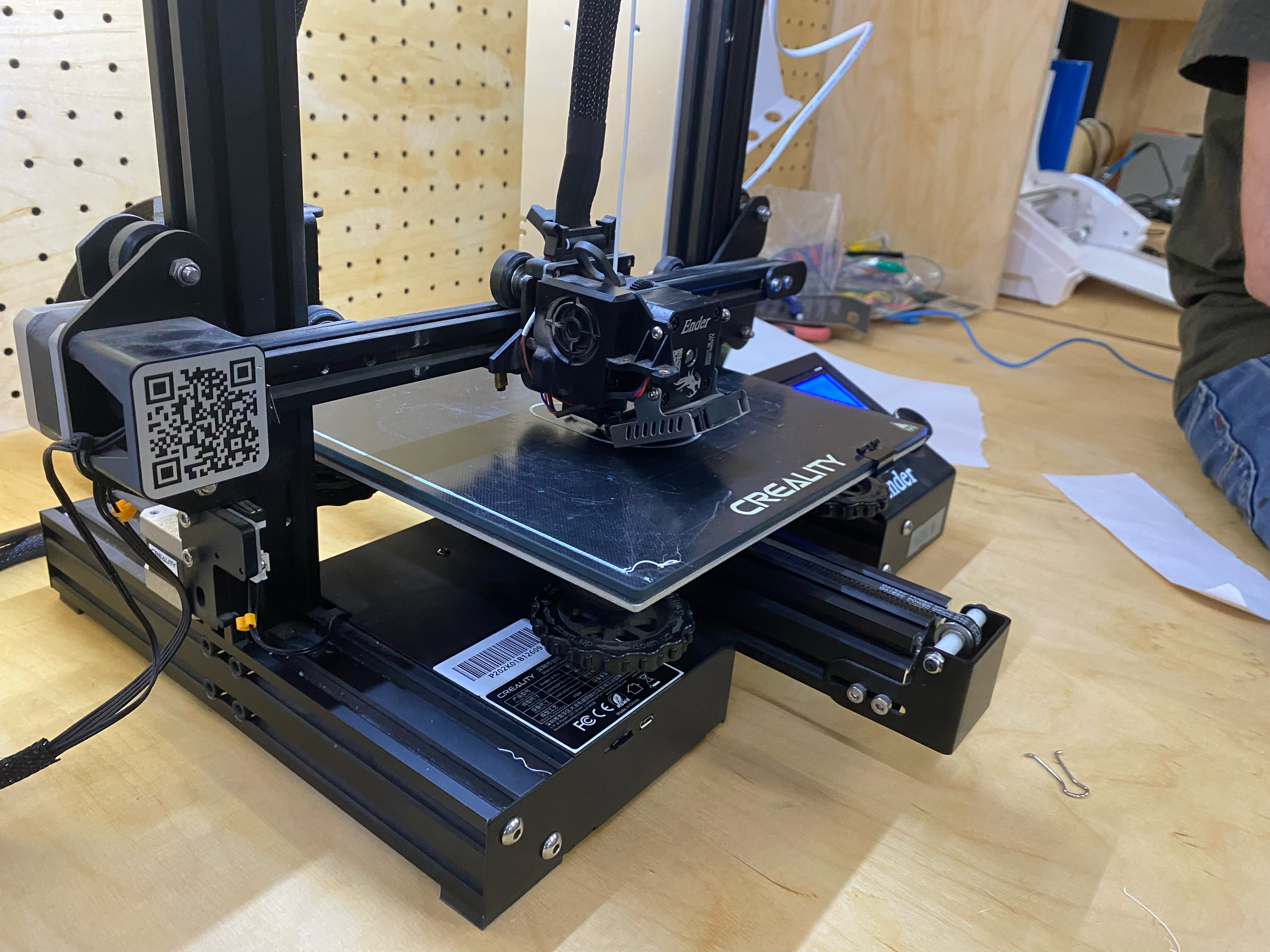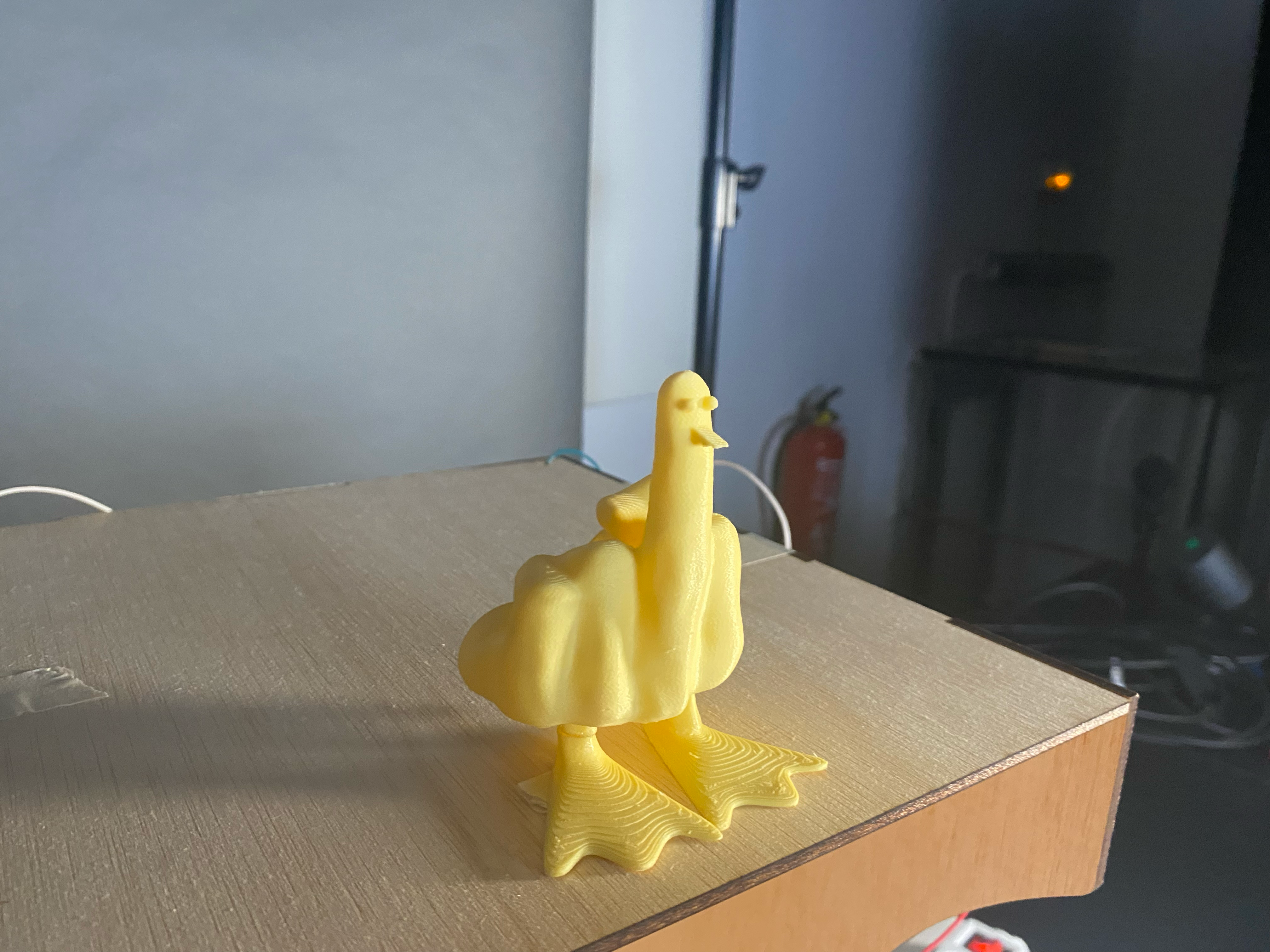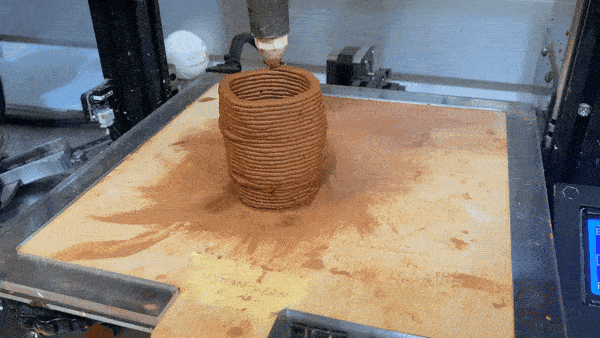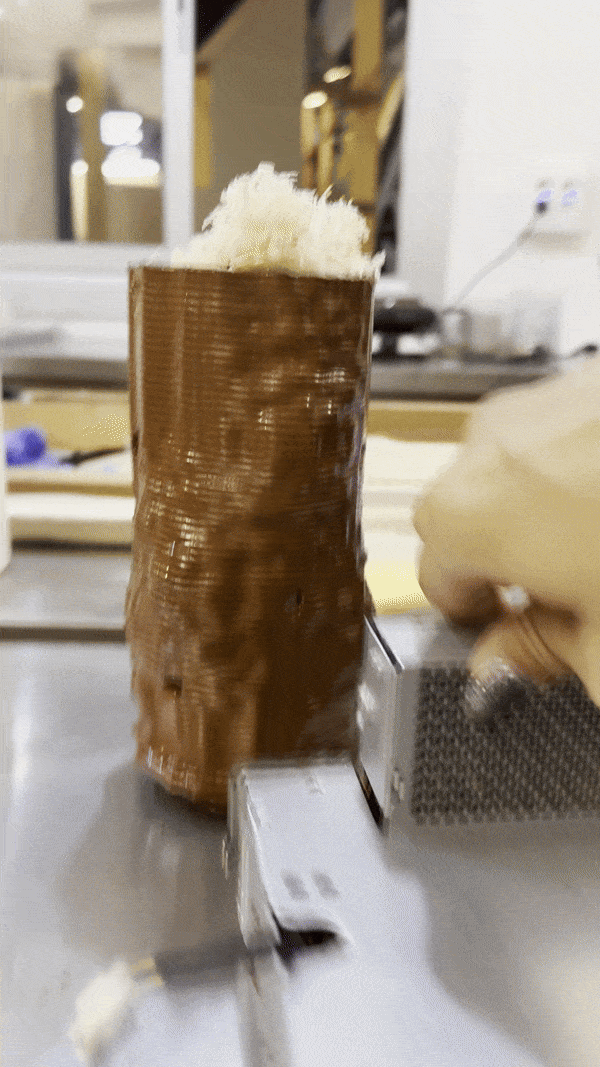DPD Module 2 🛠️
02/02/2024 - 03/02/2024
This second module of Digital Prototyping for Design was focused around 3D printing and the use of growing biomaterials.
Exploring the world of 3D printing
3D printing, also known as additive manufacturing, has revolutionized the way we create objects, from intricate prototypes to functional parts of machines. Its basic principle involves extruding material, layer by layer, to build an object from the ground up. This method offers unparalleled flexibility in manufacturing, enabling the creation of almost any geometry imaginable. Imagine the possibilities! 🌟 From designing intricate hollow parts to optimizing internal structures for strength or weight, 3D printing pushes the boundaries of what's possible in design and manufacturing. The advantages of 3D printing are numerous: it allows for complex designs that would be challenging or impossible with traditional methods, it can be more cost-effective, especially for small-scale production, and it's a more sustainable option, reducing waste by only using material where it's needed. However, it's not without its limitations. The strength of 3D-printed objects can vary due to the layered approach, and designs must be mindful of gravity, as overhangs or unsupported spans can be problematic.


Clay 3D Printing
Now, let's dive into the fascinating niche of clay 3D printing. While sharing the core principles of traditional 3D printing, clay 3D printing introduces its own set of challenges and considerations. The most striking difference is the material itself. Clay behaves quite differently from plastic or metal, impacting everything from the printing process to the final product's characteristics.
Challenges in Clay 3D Printing:
- Support Structures: Unlike plastic, where supports can be easily removed, clay supports are trickier. They often leave marks on the final piece and need to be carefully managed, especially considering the kiln firing process, which can further complicate the support strategy.
- Tolerances and Details: The nozzle size in clay printing is typically larger than in traditional 3D printing, affecting the precision of details and the minimum achievable wall thickness. This necessitates careful design to ensure that the final object meets the desired specifications without collapsing or fusing together unintentionally.
- Deformation and Layer Height: The physical properties of clay require careful consideration of layer height to avoid imperfections in the finish. Unlike plastics that cool and solidify quickly, clay remains malleable and prone to deformation if not handled correctly.
- Speed and Drying: The speed of printing and drying times are crucial factors in clay 3D printing. The material needs to dry sufficiently to maintain its shape but not so quickly that it cracks or warps.
Embracing the Differences: Despite these challenges, clay 3D printing offers unique opportunities for innovation in fields like ceramics, art, and even architecture. Its ability to create intricate, custom shapes opens up new avenues for artistic expression and functional design. The key to success in clay 3D printing lies in embracing its material-specific quirks and limitations, using them to inform the design process rather than seeing them as obstacles.

Deliverable: Clay 3D Printing and Mycelium
In our project, we explored blending traditional materials, advanced tech, and living organisms. We created a structure that joins ceramic arts, 3D printing precision, and mycelium natural growth.
Our main challenge was using clay in 3D printing, which required rethinking design to clay's properties and 3D printing specifics. We aimed for stability and strange shapes despite common issues like collapsing structures.
Grasshopper, was our help for that, enabling rapid design iterations for the structure.
Turning our digital design into a tangible clay structure posed challenges, especially in preparing for 3D printing. WIt took us a bunch of tries, considering factors like wall thickness and print speed.
Glazing a 3D-printed clay piece is a key step that blends the strength and beauty of traditional ceramics with the innovation of 3D printing. First, the piece is bisque fired to make it strong yet able to soak up the glaze. Next, the glaze is applied, which might be done by dipping, brushing, or spraying to suit the intricate design. Sometimes, a wax resist is used to keep glaze off areas like the bottom, preventing it from sticking during the final firing. This last firing melts the glaze onto the clay, creating a glassy surface that's both protective and visually appealing. It's important to choose the right glaze for the clay to avoid flaws like cracks or peeling. This process transforms the 3D-printed piece, making it more durable and enhancing its look, showing off the unique blend of old craftsmanship and new technology.

